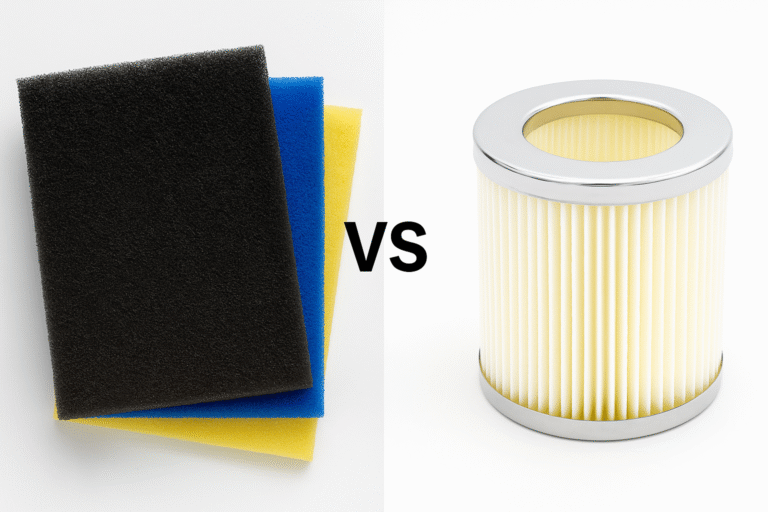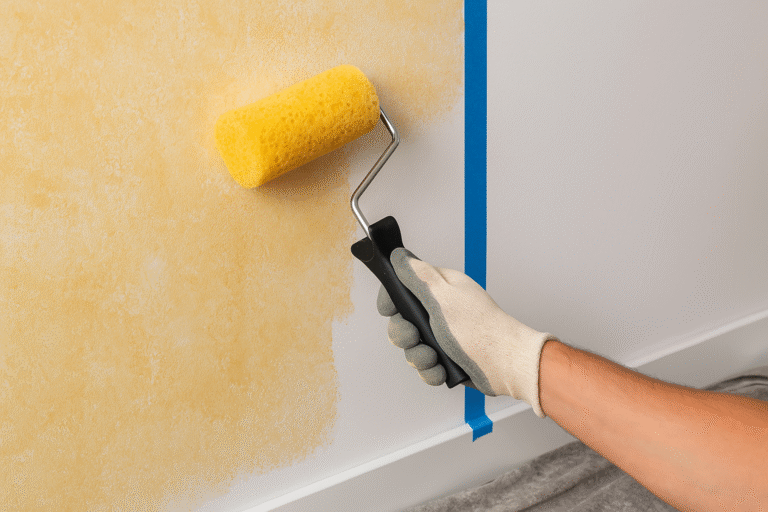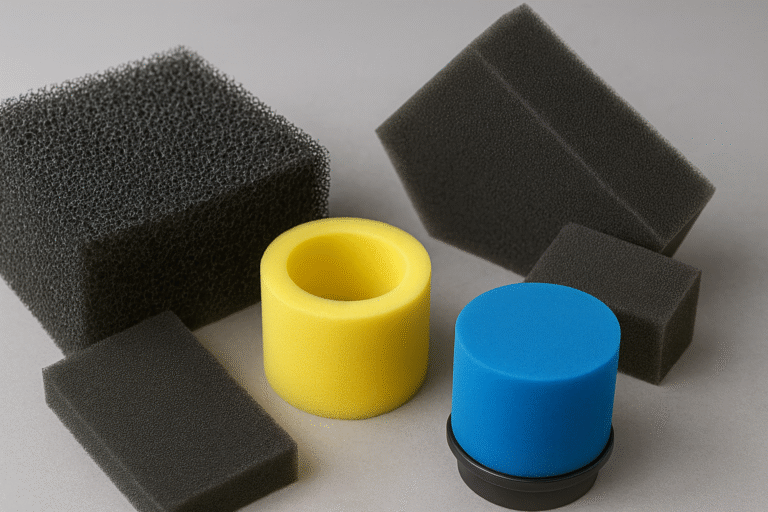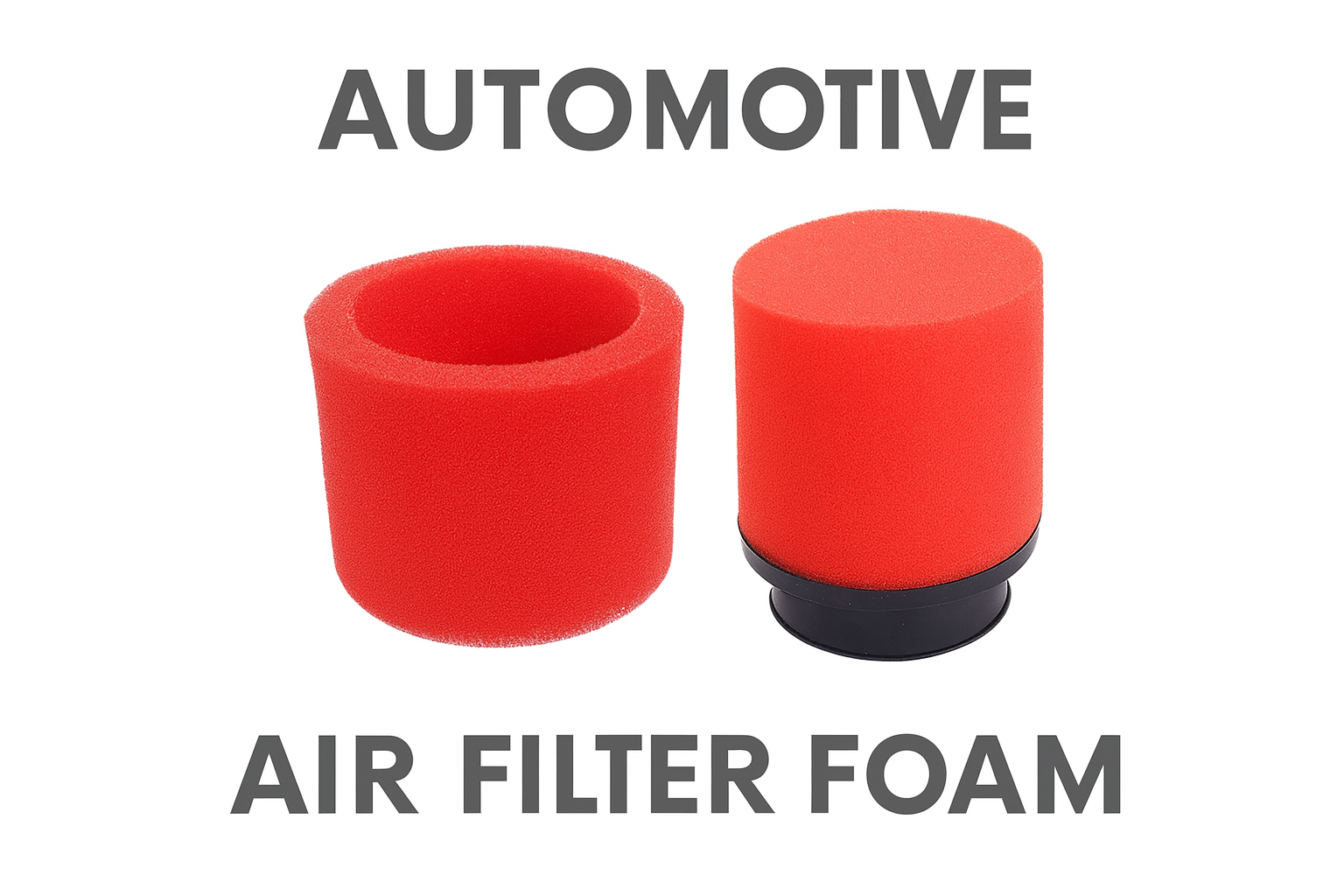To give your walls a textured, creative makeover, sponge painting with a roller is a simple trick that delivers stunning results. Here’s how to do it right.
Thinking of giving your walls a fresh, creative touch? Sponge painting is a fun and budget-friendly way to do it. Instead of a plain flat coat, it lets you add depth, texture, and patterns that instantly make a room feel more stylish. And the best part — you don’t need to be a professional painter to pull it off.
All you need is a sponge roller. This handy tool works like a regular roller, but its foam surface is designed to absorb paint and release it in soft, textured patterns. When paired with good-quality texture paint roller foam, the results are smoother, less messy, and more professional-looking.
In this guide, we’ll take you step by step through sponge painting with a roller — from the tools you need to tips that make the finish look just right.
Tools You’ll Need for Sponge Painting
Before you get started, gather a few basic tools. Having everything ready will make the process smoother and less messy:
- Sponge roller – Your main tool for creating texture. A good paint roller sponge will hold paint evenly and give you that soft, patterned effect. If you’re wondering how foam rollers compare to fabric rollers, check out our guide on the difference between foam and fabric paint rollers.
- Paint tray – For loading the roller with just the right amount of paint.
- Painter’s tape – To protect edges, trims, and corners.
- Drop cloth or old sheets – To keep your floor and furniture safe from splatters.
- Foam paint brush roller – Handy for smaller areas, edges, or touch-ups where the larger roller can’t reach.
- Your chosen paint – You can use standard wall paint or specialty textured paints, depending on the look you want.
Once you’ve got these ready, you’re all set to start sponge painting.
Step-by-Step Guide: How to Sponge Paint with a Sponge Roller
Sponge painting may look tricky, but once you know the steps, it’s surprisingly simple. Here’s how you can do it yourself:
1. Prepare your wall – Start by cleaning the surface. Wipe off dust, dirt, or grease so the paint sticks properly. If your wall hasn’t been painted in a while, consider applying a primer first. Use painter’s tape to cover trims, edges, or areas you don’t want painted.
2. Pour and load your roller – Pour paint into the tray and dip your roller sponge lightly. Roll it back and forth on the tray to remove excess paint — too much paint can cause drips and spoil the texture.
3. Apply the first coat – Begin rolling the paint onto the wall in gentle, random strokes. Unlike a flat roller, the sponge paint roller should not be dragged too hard. Light pressure will give you soft, cloud-like patterns.
4. Add depth with layers – For more texture, let the first coat dry and then apply a second coat using either the same color or a slightly different shade. This layering effect gives your wall depth and character.
5. Finish the details – Use a foam paint brush roller for corners, edges, or smaller areas where the bigger roller can’t reach. Step back, check the overall look, and make adjustments if needed.
That’s it. Your textured wall is ready! With the right paint roller sponge, the process is quick, and the finish looks neat and creative.
Tips for Best Results
A little care goes a long way in sponge painting. Here are some quick tips to make your walls look like they’ve been done by a pro:
- Choose quality tools – A good texture paint roller foam makes a big difference. It holds paint evenly, gives a smoother finish, and reduces dripping.
- Test before the wall – Try rolling on a piece of cardboard first. This helps you see the texture and adjust how much paint to load.
- Work in sections – Paint one part of the wall at a time so the edges blend naturally.
- Blend with a foam paint brush roller – Use it on tricky corners or to soften patterns if they look too heavy.
- Clean right away – Wash your rollers and trays immediately after use. A well-maintained sponge paint roller can be reused for future projects.
Why Foam Quality Matters
If you’ve ever painted with a cheap roller, you probably noticed the problems — uneven coating, messy drips, or the foam tearing halfway through the job. That’s why the quality of the roller sponge really matters.
A high-grade texture paint roller foam absorbs paint evenly and releases it smoothly, giving you consistent patterns without extra effort. It also resists wear and tear, so you don’t have to replace the roller after just one project. Plus, good foam is designed to handle different types of paints – from water-based emulsions to oil-based finishes, without breaking down.
Bring Your Walls to Life with the Right Sponge Roller
Sponge painting is an easy way to add character and style to your walls without spending a fortune. With just a sponge roller, some paint, and a little patience, you can create textures that look artistic and professional. The real secret lies in the foam. A good-quality paint roller sponge ensures smoother application, less mess, and a finish that truly stands out.
Kare Foam, being foam manufacturers, we specialize in advanced texture paint roller foam designed for both DIY users and professional brands. Our foams are durable, hydrolysis-resistant, and engineered to give rollers the performance they need for creative projects like yours.
Reach out to Kare Foam today and discover foam solutions that bring out the best in your painting tools.



